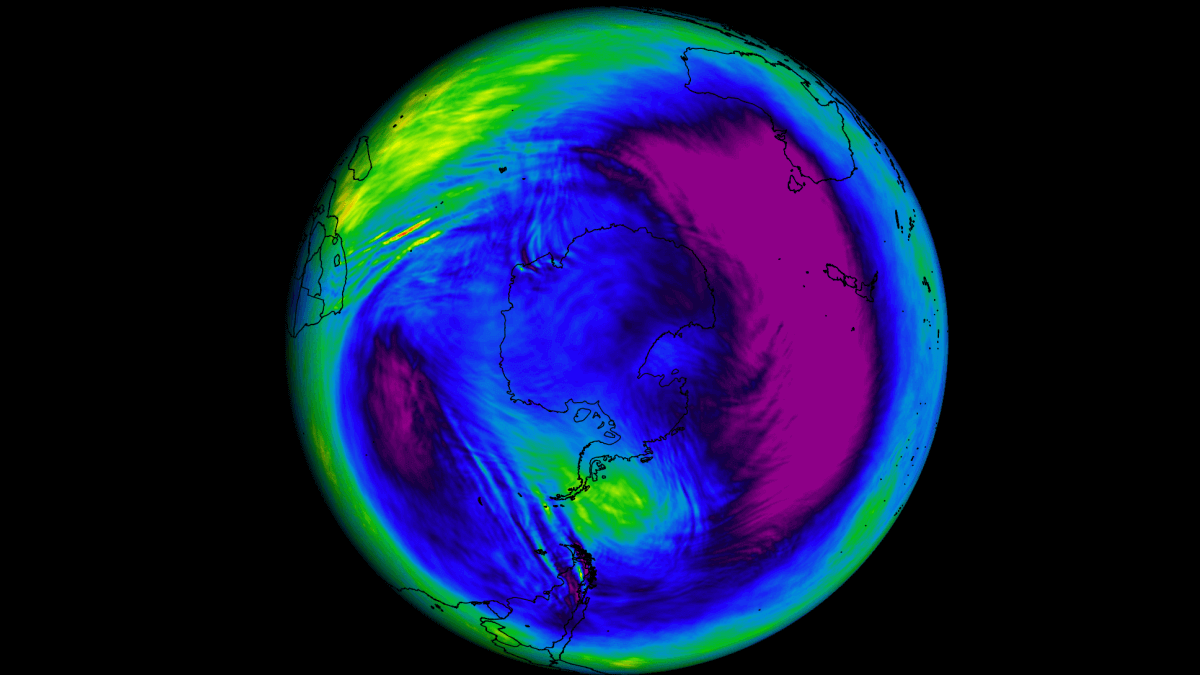by E. Worrall, Sep 12, 2022 in WUWT
Is anyone else fed up with us approaching but never actually crossing all those dangerous tipping points?
World on brink of five ‘disastrous’ climate tipping points, study finds
Giant ice sheets, ocean currents and permafrost regions may already have passed point of irreversible change
Damian CarringtonEnvironment editor
@dpcarringtonFri 9 Sep 2022 04.00 AEST
The climate crisis has driven the world to the brink of multiple “disastrous” tipping points, according to a major study.
It shows five dangerous tipping points may already have been passed due to the 1.1C of global heating caused by humanity to date.
These include the collapse of Greenland’s ice cap, eventually producing a huge sea level rise, the collapse of a key current in the north Atlantic, disrupting rain upon which billions of people depend for food, and an abrupt melting of carbon-rich permafrost.
At 1.5C of heating, the minimum rise now expected, four of the five tipping points move from being possible to likely, the analysis said. Also at 1.5C, an additional five tipping points become possible, including changes to vast northern forests and the loss of almost all mountain glaciers.
In total, the researchers found evidence for 16 tipping points, with the final six requiring global heating of at least 2C to be triggered, according to the scientists’ estimations. The tipping points would take effect on timescales varying from a few years to centuries.
…
Read more: https://www.theguardian.com/environment/2022/sep/08/world-on-brink-five-climate-tipping-points-study-finds
The abstract of the study;
Exceeding 1.5°C global warming could trigger multiple climate tipping points
David I. Armstrong McKay* https://orcid.org/0000-0002-0020-7461 d.mckay@exeter.ac.uk
Arie Staal https://orcid.org/0000-0001-5409-1436
Jesse F. Abrams https://orcid.org/0000-0003-0411-8519
Ricarda Winkelmann https://orcid.org/0000-0003-1248-3217
Boris Sakschewski https://orcid.org/0000-0002-7230-9723
Sina Loriani https://orcid.org/0000-0001-6660-960X
Ingo Fetzer https://orcid.org/0000-0001-7335-5679
Sarah E. Cornell https://orcid.org/0000-0003-4367-1296
Johan Rockström
Timothy M. Lenton* https://orcid.org/0000-0002-6725-7498 d.mckay@exeter.ac.uk
9 Sep 2022
Vol 377, Issue 6611
DOI: 10.1126/science.abn7950
Climate tipping points occur when change in a part of the climate system becomes self-perpetuating beyond a warming threshold, leading to substantial Earth system impacts. Synthesizing paleoclimate, observational, and model-based studies, we provide a revised shortlist of global “core” tipping elements and regional “impact” tipping elements and their temperature thresholds. Current global warming of ~1.1°C above preindustrial temperatures already lies within the lower end of some tipping point uncertainty ranges. Several tipping points may be triggered in the Paris Agreement range of 1.5 to <2°C global warming, with many more likely at the 2 to 3°C of warming expected on current policy trajectories. This strengthens the evidence base for urgent action to mitigate climate change and to develop improved tipping point risk assessment, early warning capability, and adaptation strategies.
Read more (paywalled): https://www.science.org/doi/10.1126/science.abn7950
Unfortunately the study is paywalled, so I can’t tell you the timeframe of these alleged tipping points. Not that the predicted dates matter that much – in my experience, tipping point predictions are usually quietly ignored or deleted when the deadline expires.




